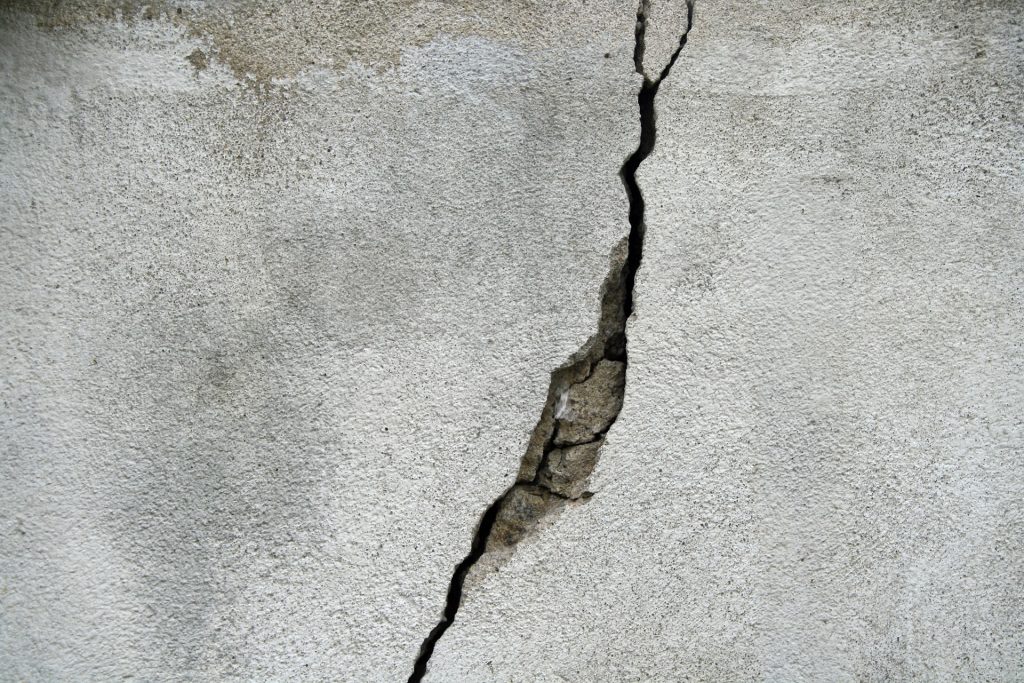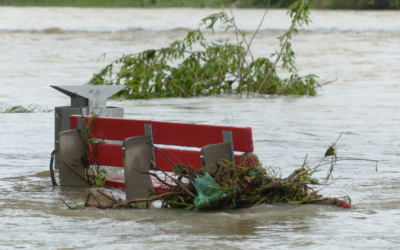Executive Summary
Cracks in construction provide information to a superintendent. We identify what you’re seeing and what it could mean in specific scenarios.
Where are Cracks Seen?

Cracks are seen in naturally occurring materials and construction materials used in the building process. These can occur in
- Timber
- Concrete
- Soil
What is a Crack?
Sounds like a simple question. Not always. Generally speaking, a crack is caused by a tensile failure in a material. They can be old, they can be new. They can be safe and expected, they can indicate imminent catastrophe.
Timber Cracks
Cracks in timber can be loss of water. When the water leaves the wood, there is a void formed and the wood fibers decrease in volume. As the fibers pull away from each other a gap between these fibers results. These are usually parallel to grain. These are naturally occurring and are usually accounted for in timber design.
Concrete & Cement Cracks
With concrete, you know the saying: “all concrete cracks”. And that’s true, most of it does. With prestressed concrete, cracks are anticipated in the design process. In sidewalks, we install expansion joints to help manage the number of cracks, while putting grooves in the concrete to provide a weak spot wherein the crack is designed to occur. These are expected for engineers.
Undesirable ones that often occur and are not detrimental are usually of a hairline width and occur from the curing process when water has left the concrete too early. These are usually not associated with structural issues.
Of concern are cracks of a larger width and growing. Diagonal cracking can be seen in the settlement of walls (this is why you see masonry block walls settling along their joints in a “down and over” diagonal pattern – this is usually settlement. A horizontal crack in your new wall could mean that you backfilled it too quickly and the wall wasn’t ready to take the lateral load. Cracks can also be caused by moment in a beam (positive moment cracks are caused on the bottom side of a beam supported at two ends – negative moment is when the cracks are on the top side of the beam like when a beam goes over a center pier on a bridge). If there are concerning cracks on your project, the best thing to do is mark them and measure them over time.
Soil Cracking
With soil, often times the source is a loss of moisture – similar to that described above with timber. This may take some time to show results in a structure. A more immediate effect that the superintendent should be aware of is called tensile cracking (when it’s not associated with loss of water, but rather with loading, or unloading, of the soil). Tensile cracking can be seen at the top side of a trench. If you have a trench box installed and there is cracking parallel to the trench behind the box, this is the warning sign of a large chunk falling off towards your trench (this, of course, is the entire purpose of trench shoring – to prevent this large chunk of earth from falling on the pipelayer!).
My Story

This isn’t really a crack story, but here’s my story. The worst related incident I saw was when I was about 10’ behind a 28’ tall sheetpile wall. I was a young engineer on a construction project and as I was standing on the retained soil behind the wall I could actually see the soil granules moving under and around my feet. What I was seeing was the sheetpile wall rotating and allowing mobilization of the earth towards the excavation. This stress relief of the soil as the sheetpile transitions into resisting the load is expected by a shoring engineer. He or she expects movement in the wall. I was pretty much scared out of my mind as I watched what I thought was imminent wall failure – I got the shoring engineer on the phone who said, “meh, call me if your wall moves over an inch and a half.”
Work Safe!






0 Comments